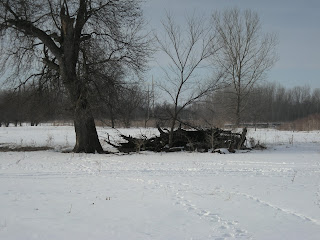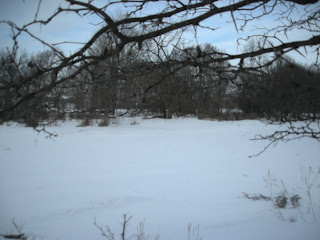This article is taken from the Iowa DNR website and you can review it in more depth at the following website. (http://www.iowadnr.gov/wildlife/pdfs/wild_turkey.pdf)
Hunting Turkeys
The eastern wild turkey offers one of the most challenging hunting experiences available today and appeals only to the most dedicated outdoorsmen. Wild turkeys have extremely keen senses of sight and hearing and are normally able to avoid human contact so successfully that hunters often do not detect their presence. The instincts for survival are most highly developed among adult gobblers, making them among the most sought after trophies in North America today.
Turkeys are hunted during two seasons – spring and fall – which are differentiated by styles of hunting and the primary quarry. Spring gobbler hunting is most widespread because shooting males has no impact on the future growth or dispersal of turkey populations, even at the new release sites. Turkeys are promiscuous, with only the largest, most dominant males obtaining harems of a dozen or more hens. Non-breeding males are thus available to hunters at no cost to the population. Even heavily hunted areas seldom sustain hunting losses of as many as 50% of the adult males.
The principal spring hunting method is to locate toms gobbling from the roost at daylight and attempt to call them to the hunter by imitating the yelps, clucks, cackles and whines of a hen ready to mate. Hunters wear camouflage clothing and sit completely motionless for as long as several hours to escape detection by keen-eyes gobblers. Success rates for spring hunters in most states average about 30-40%, but are in the 50-60% range in most of Iowa because of the excellent turkey densities found here. Because 10% of the hens also have beards (the hair-like appendage hanging from a tom’s breast), any bearded turkey is legal game in the spring.
Fall turkey hunts usually are allowed only in states with well established turkey populations. In Iowa, the combination of excellent turkey populations and a decrease in fall hunting demand, has allowed a 3 bird bag limit, until the quota is filled. More young poults are produced than survive the rigors of winter and escape from predators to reach the breeding season, thus allowing limited fall hunting before much of this natural mortality takes place.
The most common fall hunting technique is to locate a flock of turkeys, scatter them as widely as possible, and call back broods by imitating the assembly yelps and clucks of the adult hen or kee-kee of lost poults. Gobblers are not particularly interested in finding hens in the fall, making them extremely difficult to call and shoot. Inexperienced young turkeys return readily to the hen and commonly make up 60% or more of fall harvests. Fall hunters also use complete camouflage. The results of Iowa’s hunting seasons can be found at: http://www.iowadnr.com/wildlife/files/trkindex.html.
Populations
Because of their dependence on variable mast production for food in areas where large tracts provide typical turkey habitat, good populations normally average about 10 turkeys per square mile of forest over much of eastern turkey range. In agricultural states like Iowa, the presence of abundant food contributes to densities at least twice this great, and may reach 40-60 turkeys per square mile in the best habitats.
Turkeys breed only in the spring. Hens join harems attached to a dominant gobbler, but may breed with any available male. Nests are poorly formed bowls completely on the ground and contain 6-18 eggs (average 11 per clutch). Hens of all ages attempt to nest, but yearling hens are seldom successful and 80% of the poults will be produced by 2 year old or older hens. Nests have been found in most habitat types from dense forest, brush, grown up pastures, fence lines, to alfalfa fields.
Hens incubate 28 days before the eggs hatch. Typically 30-60% of hens will attempt renesting after losing a clutch to cold, wet weather or predators, with about 40-60% of the adult hens will eventually hatch a clutch. Hens do all the brood rearing, and life is precarious for newly hatched poults with over half dieing in the first 4 weeks. Of the poults surviving to fall, 35% of the young hens will be lost to predators, primarily coyotes. Few young or adult turkeys are lost during the winter in most of Iowa, but starvation may occur where deep snows for a prolonged period keep flocks from moving to food sources.
Spring is a major mortality period for both sexes, and many hens are lost to predators after winter flocks break up and breeding activities begin, and toms fall prey primarily to hunters. Annual survival rates average 57% for females and 35% for males.
Good hunting, good fishing, and good luck. Hank




.jpg)